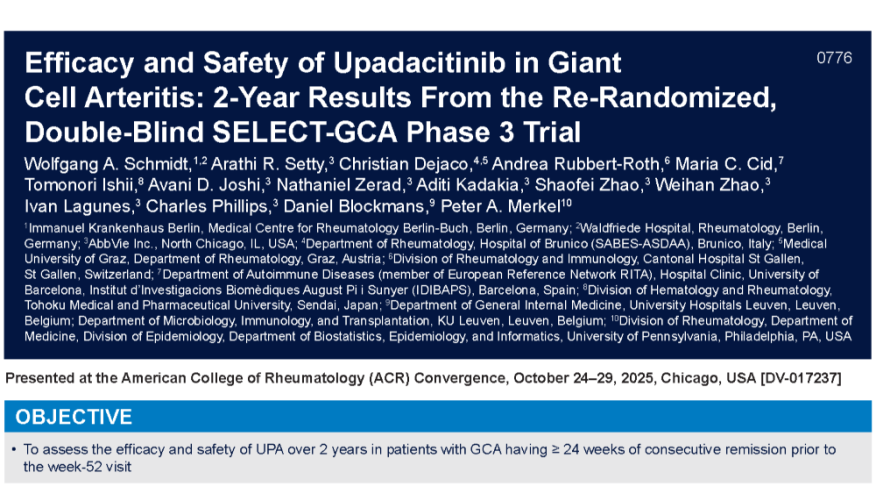TNF Inhibitor Associated Infectious Risk Greatest in First 6 Months Save

The risk of serious infections (SIE) in RA patients given anti-TNF (TNFi) therapy is not static, instead it has been shown to be greatest in the first 6 months of use according to a recent report in Rheumatology.
Analysis of data collected from the British Society for Rheumatology Biologics Register, a prospective observational study, compared SIE risk in 11,798 TNFi treated RA patients and 3598 receiving non-biologic DMARD (DMARDs).
They observed 1808 rA patients with at least one SIE (TNFi: 1512; DMARD: 296) with a similar Incidence rate - TNFi 42/1000 patient-years vs. DMARD 32/1000 patient-years of follow-up (adjusted hazard ratio 1.2 [95% CI 1.1, 1.5]), with no difference between the adalimumab, etanercept and infliximab.
The risk of SIE was highest during the first 6 months of therapy [adjHR 1.8 (95% CI 1.3, 2.6)]. Increasing age was an additional independent risk factor for SIE in both cohorts.
While there was no difference in hospitalizations between groups, mortality (within 30 days of SIE) was 50% lower in the anti-TNF cohort [odds ratio 0.5 (95% CI 0.3, 0.8)].
Anti-TNF therapy is associated with a small but significant overall risk of SI, especially in the first 6 months when the patient is likely to be more inflammed and have other risk factors adding to infectious risk. Early close observation of new TNFi starts is advised.









If you are a health practitioner, you may Login/Register to comment.
Due to the nature of these comment forums, only health practitioners are allowed to comment at this time.